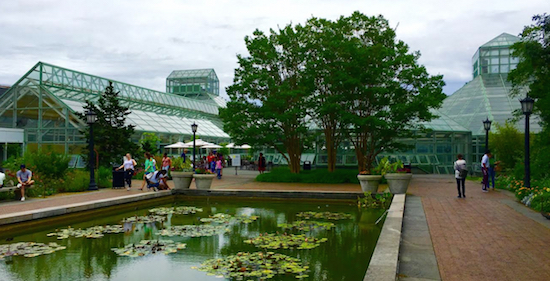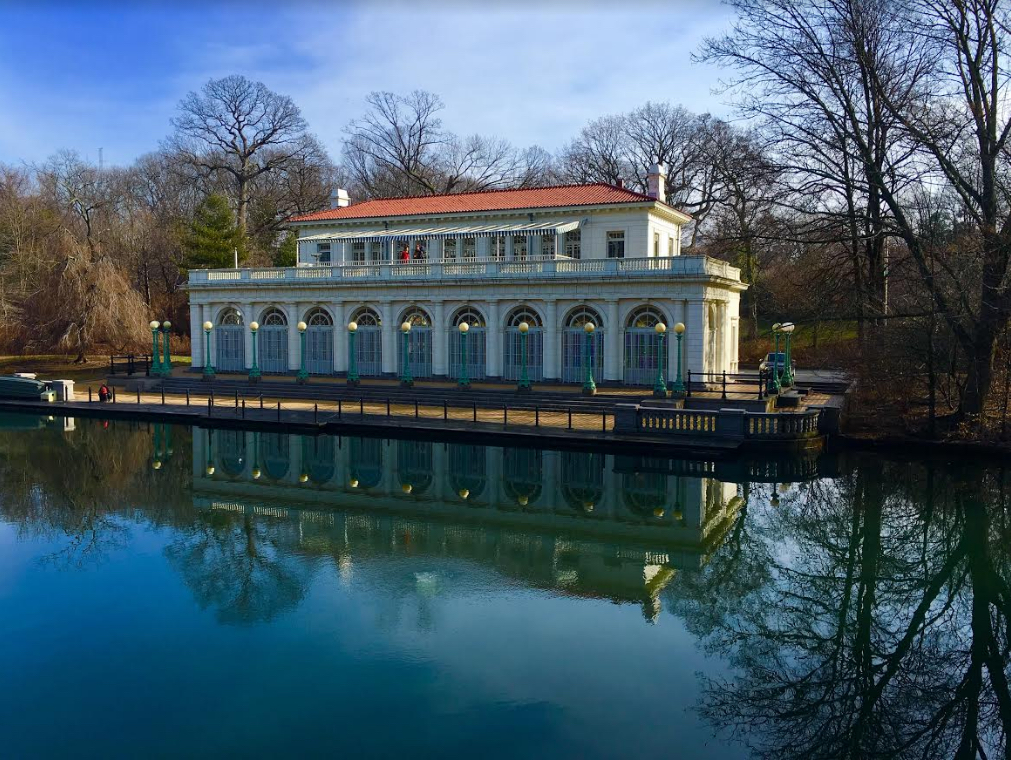Desert pavilion at Brooklyn Botanic Garden offers rainy-day respite
The Weather's wonderful in Steinhardt Conservatory's greenhouses

Brooklyn Botanic Garden's Steinhardt Conservatory is a great place to hang out on rainy summer days. Eagle photos by Lore Croghan
It’s going to rain. And rain. And rain.
Why not escape to the desert?
A sere landscape where tulip prickly pear cacti and Spanish dagger trees grow is just a subway ride away.
This blissfully dry-aired environment can be found inside the glass-walled Steinhardt Conservatory at Brooklyn Botanic Garden.
The weather inside the conservatory’s austerely beautiful Desert Pavilion greenhouse is a welcome change from the storms washing over Brooklyn.
This is just the beginning of what’s expected to be a long stretch of wet weather in our borough.
According to Weather.com, the forecast calls for rain on Tuesday, Wednesday and Thursday — then scattered thunderstorms every day next week from Monday, July 30 through Monday, Aug. 6.
